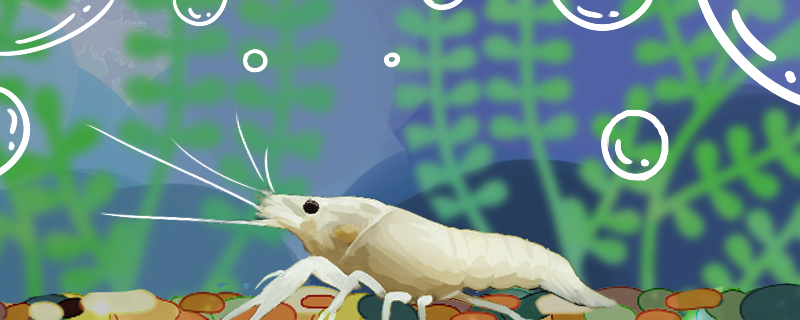
River shrimp can generally grow to 3-8 cm. The scientific name of this animal is Macrobrachium nipponense, which is widely distributed in China and found in many lakes and reservoirs. It likes to live in the slow flow of water and grass, and in winter it will overwinter in deep water, usually lurking in caves and stones, with reduced activity and no appetite.
1. Establish a pond: a pond is needed for raising river shrimps. Generally, the pond should be established near the water source and should not be polluted. The area of the pond does not need to be too large, usually 3-5 mu is appropriate, and the depth is controlled at about 2 meters. In order to prevent the existence of harmful bacteria in the pond, it is necessary to do a good job of cleaning the pond.
2. Stocking density: It is necessary to pay attention to the density when raising river shrimps. If it is a shrimp fry, 15-20 thousand shrimps can be stocked per mu. Generally, the shrimp fry is put into the pond in the early morning. Usually two seasons a year can be stocked, spring in February-March, summer in June-July, stocking specifications should be consistent.
3. Feeding bait: The food habit of the river shrimp itself is quite miscellaneous. There are many foods that it likes to eat, such as peanut cake, bean cake, etc. It can also be fed to earthworms or snails and mussels. Usually, animal bait accounts for 40%, and the rest is plant bait. Be sure to mix meat and vegetables, do not use a single food feeding.